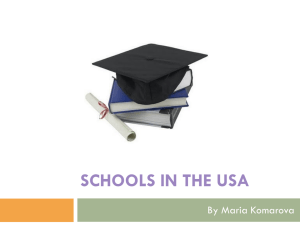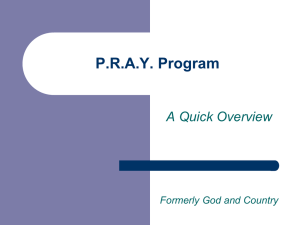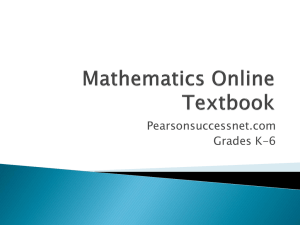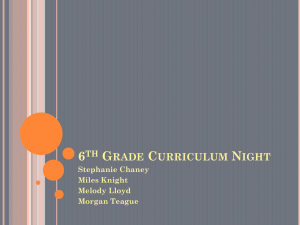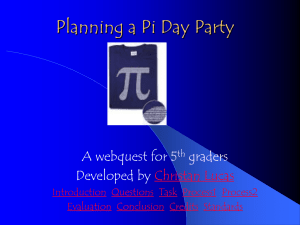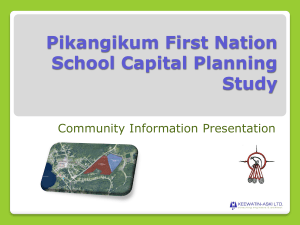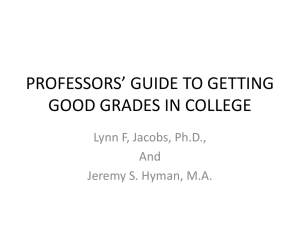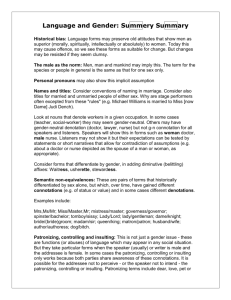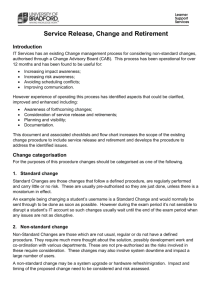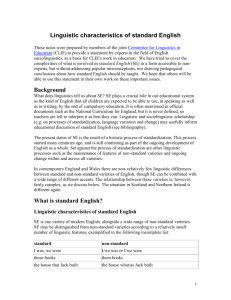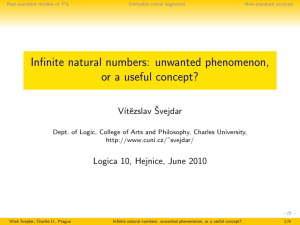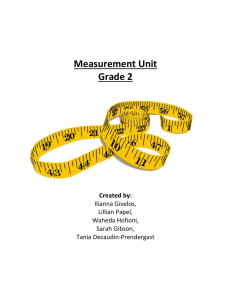Measurement Vertical Trace PowerPoint
advertisement
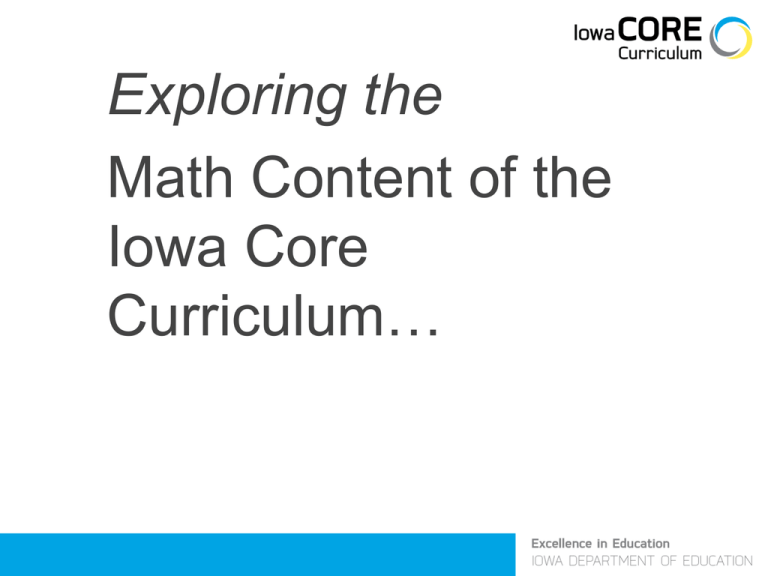
Exploring the Math Content of the Iowa Core Curriculum… Grade Two Measurement Probe • Individually complete the probe. Record your thinking. • With a partner, discuss similarities and differences in your responses. • As a partnership, be prepared to share a response to the following: “What concepts and/or skills does this probe assess? What can we say about second graders able to thoughtfully answer this question?” 2 Essential Concepts and Skills related to measurement; PreK-2, ICC • Select appropriate measurement tools and units (both standard and non-standard) to solve problems. • Understand the necessity for identical units (standard and non-standard) to solve measurement problems. • Use a variety of non-standard units to measure length without gaps or overlaps. • Estimate and measure length using metric and customary units. ICC’s Vision for More Coherence…. • “A coherent curriculum effectively organizes and integrates important mathematical ideas so that students can see how the ideas build on or connect with other ideas, thus enabling them to develop new understandings and skills.” • (NCTM, 2000, page 15, and referenced in the Iowa Core Curriculum) Measurement Essential Concepts card sorting activity… • As a table group, spread out and review the 18 essential concept/skill cards. • Sort the cards into four piles, depending on where you would expect to find them in the ICC: – PreK-2 (4 cards) – Grades 3-5 (6 cards) – Grades 6-8 (6 cards) – Grades 9-12 (2 cards) PreK-2 cards: • Select appropriate measurement tools and units (both standard and non-standard) to solve problems. • Understand the necessity for identical units (standard and non-standard) to solve problems. • Use a variety of non-standard units to measure length without gaps or overlaps. • Estimate and measure length using metric and customary units. Grades 3-5 cards: • Develop facility in measuring with fractional parts of linear units. • Select appropriate units, strategies and tools to solve problems that involve estimating and measuring perimeter, area, and volume. • Understand that a square one unit on a side is the standard unit for measuring area. Grades 3-5 cards (cont.): • Understand that a cube one unit on an edge is the standard unit for measuring volume. • Select and apply appropriate units, strategies and tools to solve problems that involve estimating and measuring weight, time, and temperature. • Measure and classify angles. Grades 6-8 cards: • Convert from one unit to another in the metric system of measurement by using understanding of the relationships among the units and multiplying and dividing decimals. • Convert from one unit to another in the customary system of measurement by using understanding of the relationships among the units and multiplying and dividing fractions. • Use physical models, such as geoboards, to develop and make sense of area formulas. Grades 6-8 cards (cont.): • Understand and apply formulas to find areas of triangles and quadrilaterals. • Use knowledge of area of simpler shapes to find the area of more complex shapes (i.e. decomposing an irregularly-shaped polygon into triangles). • Solve a variety of problems involving surface area, area and circumference of circles, and volume of prisms and cylinders. Grades 9-12 cards: • Properties and relationships of geometric objects should be examined and justified, including similarity, congruence, and measurement. • Estimation, appropriate units, dimensional analysis, and judgments about accuracy should be part of the study of measurement. Part 3: Effective Instructional Strategies Characteristics of Effective Instruction and Assessment Student Engagement & Learning Assessment Teaching for Understanding for Learning Rigor & Relevance StudentCentered Centered Classroom Student Teaching for Learner Differences 13 A Primary Lesson on Measurement… • Watch specifically for examples of your instructional characteristic during the lesson. • Take notes on your observation guide. • When the video is complete, share your notes so that your small group can compile its findings. • Each small group will share out its findings to the large group. 14
